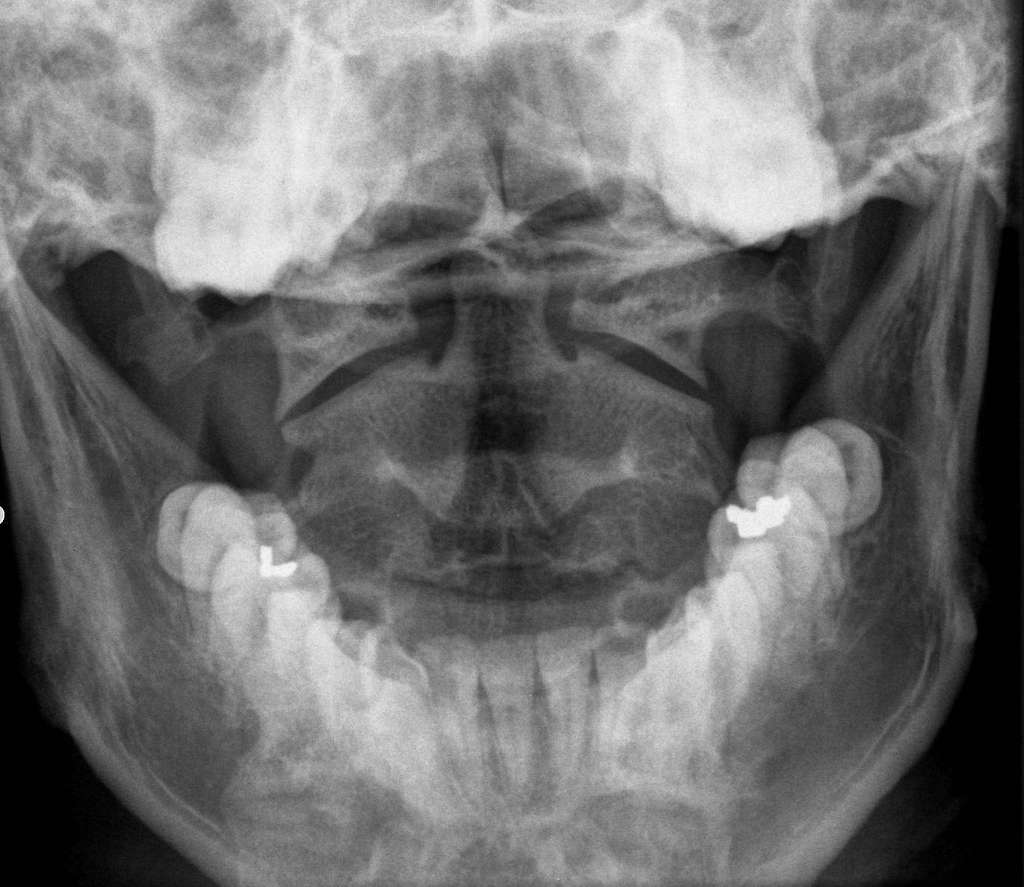Welcome to our site, where we strive to explore the secrets of the latest medical technologies so you can better understand how they affect your life and health. Today we will focus on a topic that often comes up among our readers: what is CBCT cone tomography?
This innovative form of 3D imaging is useful not only in dentistry, but also in many other areas of medicine. In this article, we'll take a look at what CBCT actually shows, the importance of a CBCT scan, and the radiation dose during a scan. As you read on, you will discover key information that will help you understand the clinical significance of CBCT cone beam tomography.
What is CBCT Scan?
Tomography may sound like a concept straight out of a sci-fi movie, but in reality, it's a cutting-edge tool that's making a significant impact on medical diagnostics today. Specifically, CBCT scan, standing for Cone Beam Computed Tomography, represents a technological leap in the world of imaging.

Unlike traditional X-rays that produce two-dimensional images, a CBCT scan creates detailed 3D images of the area being examined.
But what exactly is a CBCT scan used for?
It shines in providing a comprehensive view of bones, teeth, and surrounding soft tissue, making it invaluable in planning dental implantations, orthodontic assessments, and even in various surgical procedures.
This advanced imaging technique relies on a cone-shaped X-ray beam, which rotates around the patient, capturing data from different angles to construct a three-dimensional picture. This allows medical professionals to diagnose and plan treatments with unprecedented precision, enhancing patient care significantly.
Decoding CBCT Scan: What Can It Show?
When considering the capabilities of a CBCT scan, it's like unlocking a treasure chest of detailed anatomical information. What does a CBCT scan show, you might wonder? It excels in providing a panoramic view of the craniofacial structure, encompassing bone, teeth, nerve pathways, and soft tissues with clarity that is hard to achieve with traditional imaging techniques.
For instance, in dentistry, it allows for the precise evaluation of tooth orientation, bone structure, and the condition of jaw joints.
Beyond the oral health realm, CBCT scans are instrumental in diagnosing sinus issues, detecting fractures, and planning orthopedic surgeries. Its ability to pinpoint the exact location and extent of a pathology makes it an indispensable tool in treatment planning, offering a road map that guides healthcare professionals in providing targeted, effective care.
The Inner Workings: CBCT Scan Meaning Explained
Peering into the inner workings of CBCT technology reveals why it's a cornerstone in modern diagnostic procedures. The CBCT scan meaning delves into its ability to offer three-dimensional images by rotating around the patient, capturing data with a cone-beam X-ray.

This approach minimizes scatter radiation, resulting in clearer images with higher definition than what could be achieved with conventional X-ray systems.
It stands out for its efficiency and precision, completing scans within seconds and providing data that can be reconstructed into various views and angles. This adaptability makes it an exceptional tool for understanding complex anatomical structures in a way that was previously only possible through more invasive methods. The detailed insight it provides into the human body paves the way for more accurate diagnoses, comprehensive treatment planning, and better patient outcomes.
CBCT Scan and Radiation: Understanding the Exposure
Radiation exposure is a valid concern for many when it comes to medical imaging. Addressing how much radiation in a CBCT scan is crucial for providing peace of mind.
Comparatively, CBCT scans emit a lower dose of radiation than traditional medical CT scans, due to their focused beam and quicker scanning time.
However, it's essential to acknowledge that the dosage can vary depending on the scan's extent and the specific equipment used. Professionals mitigate risks by adhering to the ALARA (As Low As Reasonably Achievable) principle, ensuring that exposure is minimized without compromising the quality of diagnostic information.
By carefully selecting patients for whom the benefits of a CBCT scan outweigh the risks and employing the latest technology, healthcare providers can utilize this powerful diagnostic tool responsibly and safely.
Comparing CBCT Scan Radiation Dose to Other Imaging Technologies
Understanding the CBCT scan radiation dose in the context of other imaging technologies puts its safety and utility into perspective. Compared to conventional medical CT scans, a CBCT scan generally involves a significantly lower dose of radiation, sometimes by a factor of ten or more.

This distinction is mainly due to the focused nature of the beam and the efficiency of data collection in CBCT technology. For example, a full-mouth series of dental X-rays can expose a patient to a similar, if not higher, radiation dose than a single CBCT scan that offers a comprehensive view of the entire craniofacial area.
This efficiency and reduced radiation exposure make CBCT an attractive option for many applications, from dental assessments to ENT procedures. By choosing the most appropriate imaging modality for each case, healthcare providers can ensure patient safety while delivering precise diagnostics.
The Clinical Importance of CBCT Scans in Modern Medicine
The clinical importance of CBCT scans cannot be understated in the landscape of modern medicine. This technology has revolutionized how healthcare professionals approach diagnosis and treatment planning in several fields.
Its precision and versatility make it particularly critical in dental implantology, where accurate measurements and a clear understanding of bone structure are paramount.
Furthermore, in orthodontics, CBCT scans offer insight into tooth positioning and bone anomalies, influencing treatment strategies. Beyond dentistry, its applications extend to ENT surgery, where detailed images of sinus anatomy guide interventions, and in orthopedics, aiding in the planning of complex joint surgeries.
By providing a 360-degree view of the anatomical area of interest, CBCT scans have elevated patient care to new heights, enabling minimally invasive procedures, precise interventions, and ultimately, better health outcomes.

